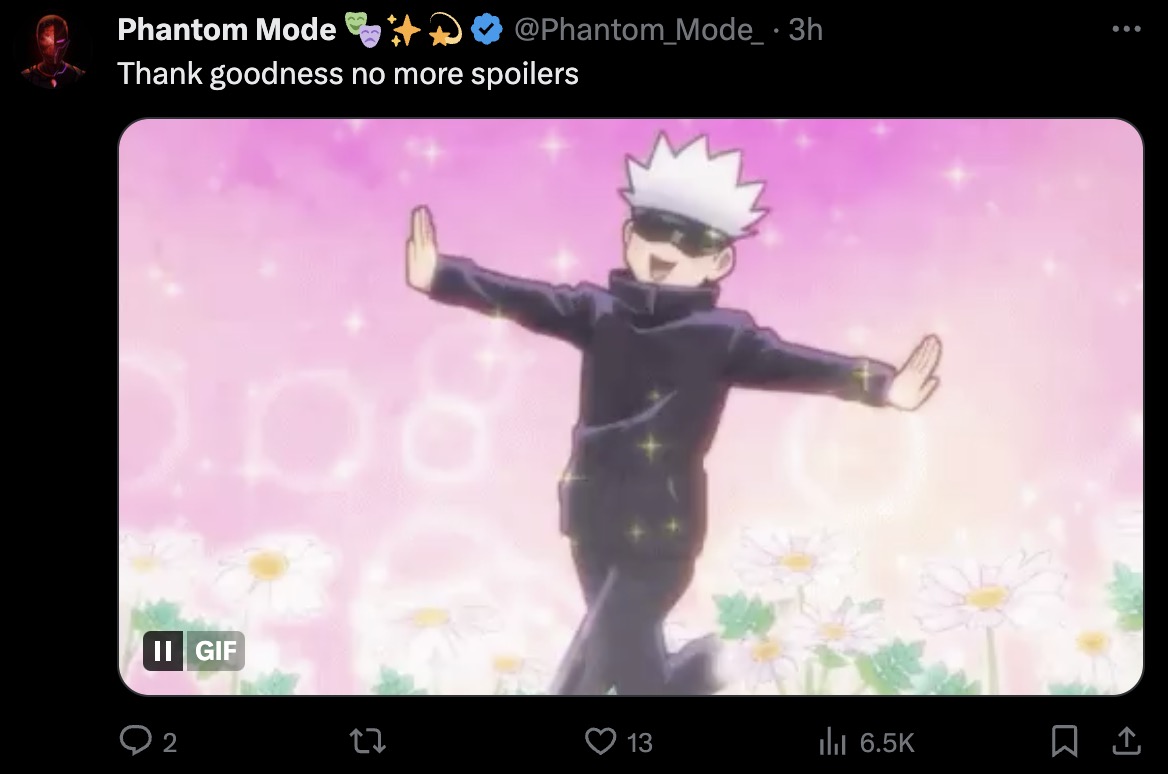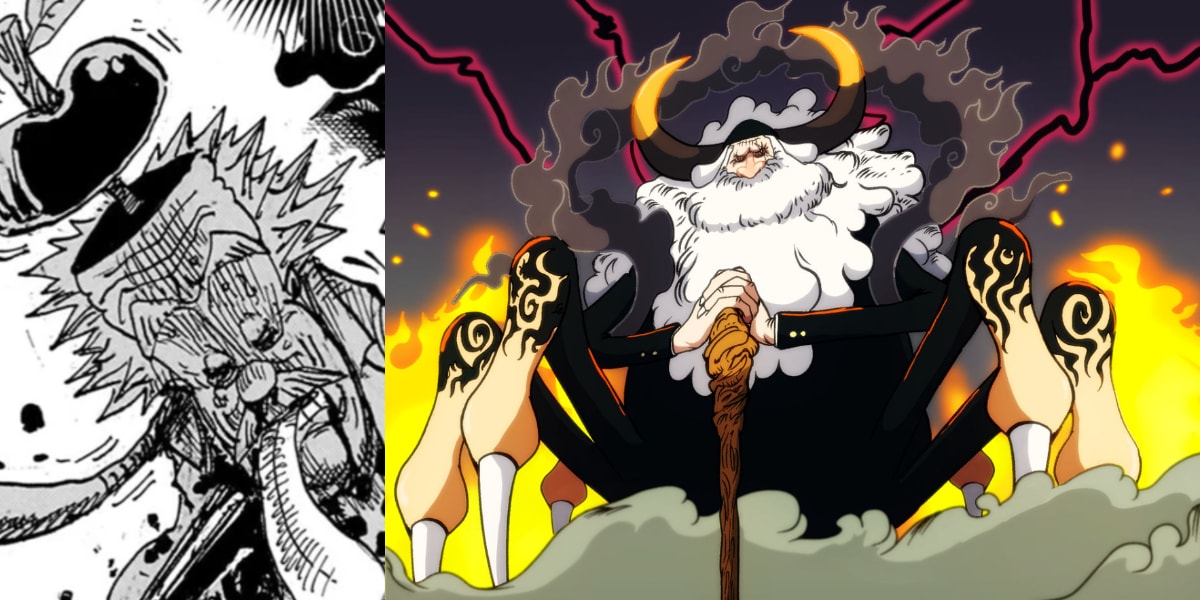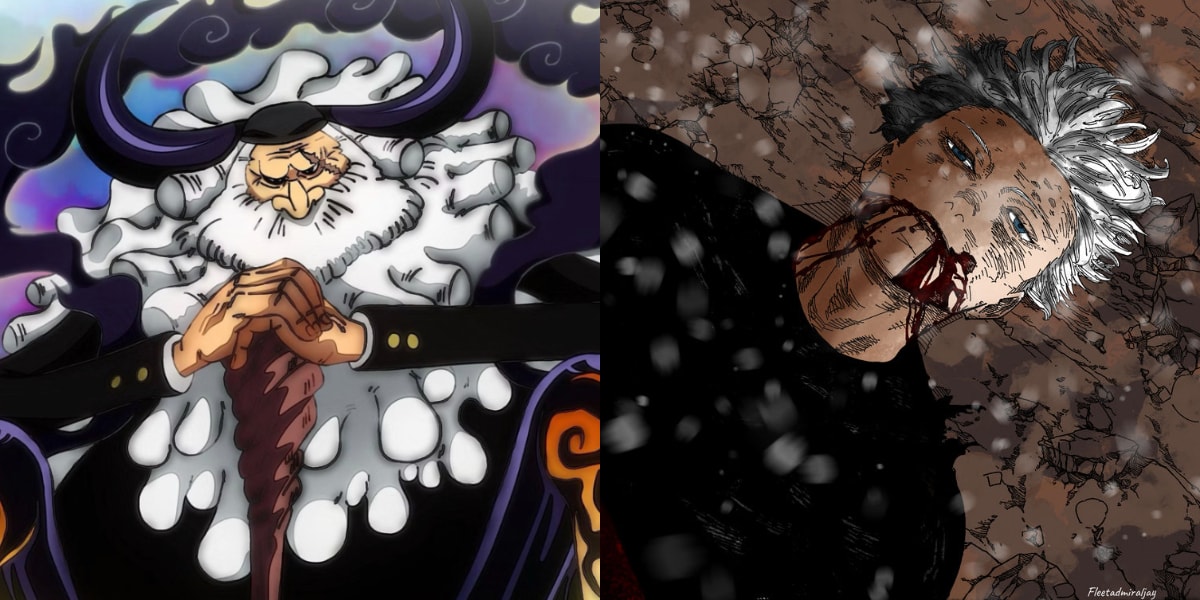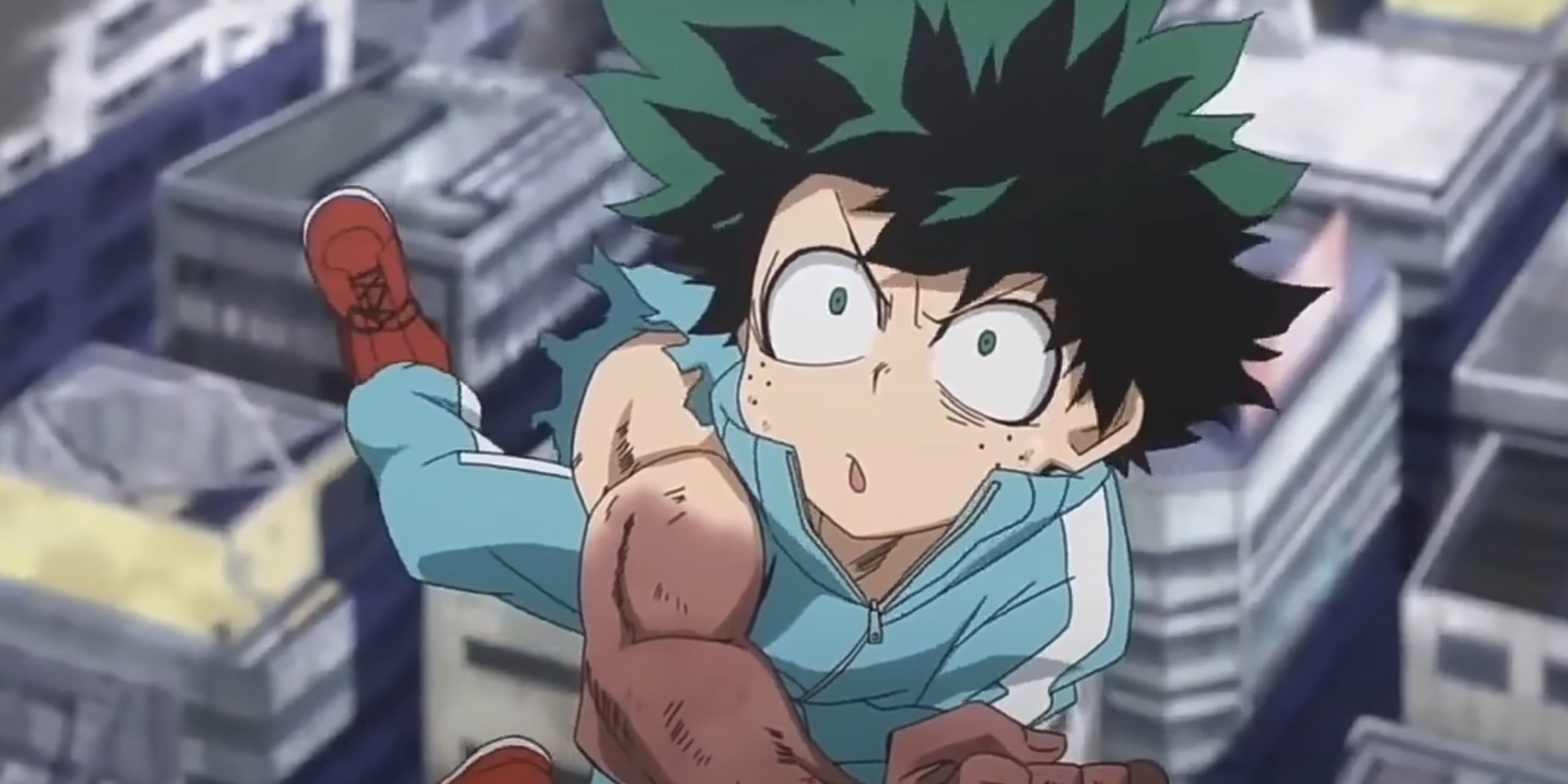On Sunday, February 4th, 2024, some significant news broke that will permanently alter the operations of individuals who illegally distribute unreleased chapters of Japanese comic books known as manga.
Earlier that day, two foreign nationals were detained by law enforcement in Japan for leaking images from upcoming issues of the popular anthology series Weekly Shonen Jump before that week’s edition was officially available to purchase.
Today, 2 foreigners in their 30s were arrested in Tokyo for posting Shonen Jump manga on Internet before release date. 33 years ago, I remember wondering if I should buy Goku's first Super Saiyan chapter at an illegal store in order to read it quickly.🤣https://t.co/kBLGF9C06n
— sandman (@sandman_AP) February 4, 2024
This crackdown has sparked fear among online groups who regularly share sneak peeks at new installments from hit Weekly Shonen Jump manga such as One Piece, Jujutsu Kaisen, and My Hero Academia – typically on Tuesdays and Wednesdays each week.
In response, major sources of these illegal pre-release leaks have announced on their Twitter profiles that, moving forward, they will be postponing their distribution to Thursdays in hopes of avoiding further legal trouble.

This unforeseen change of strategy illustrates the lasting impact this recent arrest operation seems to be having on the undisclosed community of manga leakers in Japan and abroad.
Their longtime patterns of activity have suddenly been disrupted in what could mark a definitive turning point for how these series are covered and distributed digitally prior to official release days.
How Fans Have Reacted To The Arrest
The arrests have elicited an array of responses from the manga fan community. Some have noted how radically the landscape has shifted – whereas illegal physical copies from specialty stores were once the norm for early access, online leaks have since become the status quo.

The evolution in distribution channels has been remarkable to witness firsthand over the years.
Other readers are simply relieved that pervasive spoilers released well in advance of official launch dates may dwindle for the time being. A common refrain is that no one, leakers included, is above the law.
However, there is also cynicism that new unauthorized sources will inevitably emerge, just as they have in the past when leakers were rooted out.

Moreover, some highlight that it is often digital advance review copies – not the physical magazine issues – that find their way online ahead of street dates nowadays.
And the individuals providing raw scans to fan translation groups may differ from the ones directly supplying leakers.

While the earliest, most in-depth plot details could be impacted, many fans expect basic spoilers will still surface given the proliferation of digital access points.
Nonetheless, the arrests unambiguously demonstrate a shifting legal landscape for mangaka and publishers seeking to rein in rampant early piracy of hit series.

The arrests have already had a tangible impact within the scanlation community itself.
Scanpiea Scanlations, a group known for beating others to the punch by leaking Weekly Shonen Jump installments well in advance, has deleted their Twitter profile where leaks were routinely shared.

Among fans, opinions on the altered Thursday leaks schedule are split into two broad camps – those happy to support mangaka by avoiding rampant spoilers versus those who will miss their highly anticipated midweek dosage of leaks.
Readers keen to fly blind until official release dates feel this restores the thrill of experiencing new chapters organically, without filters or framing from leakers.

Some welcome the chance to avoid biases or perceived “hot takes” that color early interpretations of plot developments. As one fan put it: “I can go in fresh and see what I think firsthand instead of having my opinion shaped prematurely by leakers push certain narratives.”
More About Shonen Jump
Published weekly in Japan by the publishing powerhouse Shueisha, Weekly Shonen Jump is a highly influential manga anthology magazine that falls under their popular Jump imprint.

The series featured within its pages typically consists of shonen-style action narratives punctuated by comedic beats.
Chapters from ongoing Weekly Shonen Jump manga are periodically collected and reprinted in tankobon format under the Jump Comics label, with new compilation volumes released every two to three months.

As the first issue hit newsstands with an August 1st, 1968 cover date, it is considered one of the longest-tenured manga publications in the industry.
With over 7.5 billion copies sold since its inception, Weekly Shonen Jump also boasts the highest circulation of any comic or manga-focused magazine globally.

It continues to outpace rivals such as Weekly Shonen Magazine and Weekly Shonen Sunday in overall sales, cementing its legacy status within both the Shonen subgenre specifically and the wider manga landscape as a whole.
Much of this enduring popularity stems from Weekly Shonen Jump’s knack for showcasing emerging manga mega-hits through the decades.





